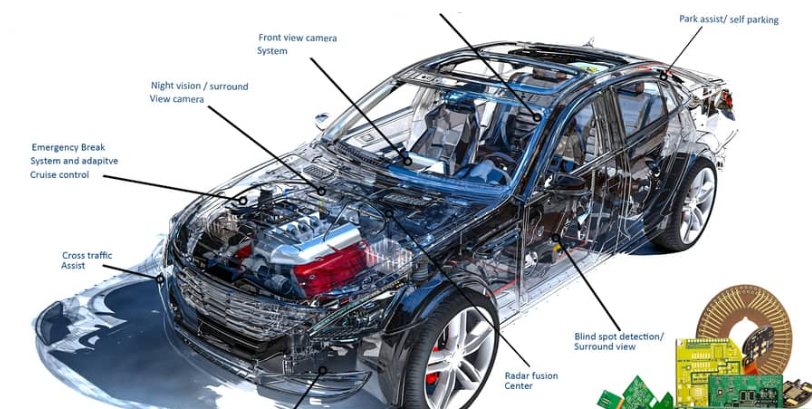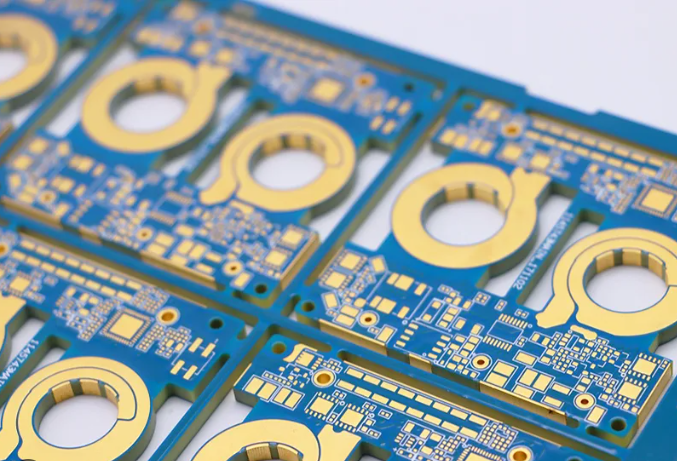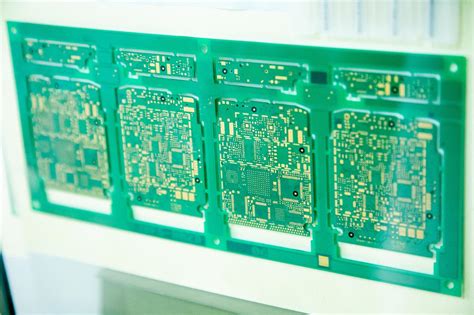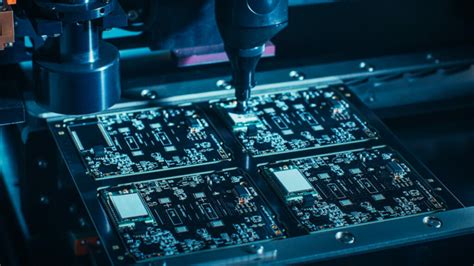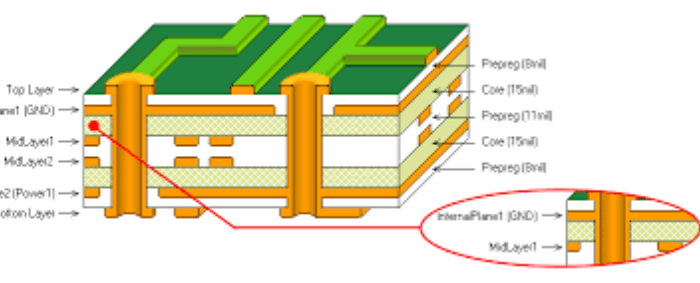Exploring Market Demand and Development Opportunities for Automotive PCBs
1. Introduction
The automotive industry is undergoing a significant transformation, driven by advancements in electric vehicles (EVs), autonomous driving, and connected car technologies. At the heart of these innovations lies the Printed Circuit Board (PCB), a critical component that enables the functionality of modern vehicles. As automobiles evolve from mechanical systems to sophisticated electronic platforms, the demand for high-performance, reliable, and durable PCBs is surging.
This article explores the current market demand for automotive PCBs, analyzes key growth drivers, and identifies emerging opportunities in this sector. Additionally, it examines challenges faced by PCB manufacturers and provides insights into future trends shaping the industry.

2. Growing Demand for Automotive PCBs
2.1. Rise of Electric Vehicles (EVs)
The shift toward electric mobility is one of the most significant factors driving the demand for automotive PCBs. Unlike traditional internal combustion engine (ICE) vehicles, EVs rely heavily on electronic systems for:
- Battery Management Systems (BMS) – Ensuring efficient power distribution and battery safety.
- Power Electronics – Managing inverters, converters, and motor control units.
- Charging Infrastructure – Supporting fast-charging stations and onboard chargers.
These applications require high-density interconnect (HDI) PCBs, flexible PCBs, and heavy copper PCBs capable of handling high currents and thermal stress.
2.2. Autonomous and Connected Vehicles
The development of autonomous driving (ADAS) and vehicle-to-everything (V2X) communication is accelerating PCB adoption. Key applications include:
- Radar and LiDAR Systems – Requiring high-frequency PCBs for accurate object detection.
- Advanced Driver-Assistance Systems (ADAS) – Utilizing multilayer PCBs for processing sensor data.
- 5G and Telematics – Demanding high-speed, low-latency PCBs for real-time connectivity.
As automakers integrate more Level 4 and Level 5 autonomous features, the complexity and volume of PCBs per vehicle will increase substantially.
2.3. In-Vehicle Infotainment and Smart Cockpits
Modern consumers expect seamless connectivity, touchscreen interfaces, and AI-powered assistants in their vehicles. This trend is boosting demand for:
- High-performance computing PCBs – Supporting AI chips and GPU-based systems.
- Flexible and rigid-flex PCBs – Enabling curved displays and compact designs.
- RF PCBs – Facilitating Wi-Fi, Bluetooth, and 5G connectivity.
3. Key Market Opportunities
3.1. Advanced PCB Technologies
To meet automotive requirements, manufacturers are investing in:
- High-Frequency PCBs – For mmWave radar and 5G applications.
- Thermally Conductive Substrates – To manage heat in power electronics.
- Embedded Component PCBs – Reducing size while improving reliability.
3.2. Supply Chain Localization
With geopolitical tensions and semiconductor shortages, automakers are seeking regional PCB suppliers to ensure stability. This presents opportunities for local manufacturers in North America, Europe, and Asia.
3.3. Sustainability and Green PCBs
Regulations on lead-free, halogen-free, and recyclable PCBs are pushing manufacturers to adopt eco-friendly materials and processes. Companies investing in sustainable solutions will gain a competitive edge.

4. Challenges in the Automotive PCB Market
Despite strong growth, the industry faces several hurdles:
- Stringent Automotive Standards – PCBs must comply with AEC-Q100, ISO 26262, and other reliability certifications.
- Thermal and Vibration Resistance – Automotive PCBs must endure extreme temperatures and mechanical stress.
- Cost Pressures – Automakers demand high-quality PCBs at competitive prices, squeezing profit margins.
5. Future Trends and Conclusion
5.1. Integration of AI and Edge Computing
AI-driven vehicles will require ultra-high-speed PCBs with embedded AI accelerators, opening new avenues for innovation.
5.2. Increased Use of Flexible and Rigid-Flex PCBs
As vehicles adopt more compact and lightweight designs, flexible PCBs will see higher adoption in sensors, lighting, and displays.
5.3. Growth in Emerging Markets
Developing regions like India, Southeast Asia, and Latin America are becoming key automotive hubs, offering expansion opportunities for PCB suppliers.
Conclusion
The automotive PCB market is poised for robust growth, fueled by EV adoption, autonomous driving, and smart vehicle technologies. While challenges such as stringent standards and cost pressures persist, advancements in high-frequency, flexible, and sustainable PCBs present lucrative opportunities. Companies that invest in R&D, supply chain resilience, and eco-friendly solutions will lead the next wave of automotive electronics innovation.
By staying ahead of these trends, PCB manufacturers can capitalize on the expanding $12+ billion automotive PCB market and drive the future of mobility.

